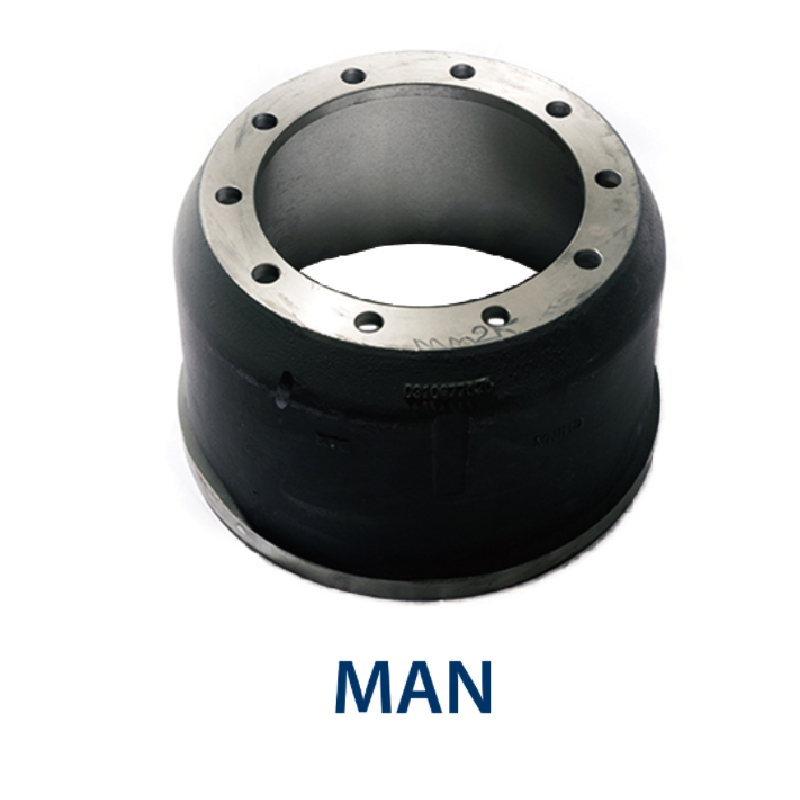តុលា . 13, 2024 06:42 Back to list
Methods for Measuring Brake Drums Effectively and Accurately in Automotive Maintenance
How Do You Measure Brake Drums?
Brake drums are an essential component of a vehicle's braking system, particularly in drum brake assemblies. Understanding how to measure brake drums correctly is crucial for ensuring optimal braking performance and safety. In this article, we will explore the different methods of measuring brake drums, the tools required, and the standards to keep in mind for proper maintenance and replacement.
Understanding Brake Drum Function
Before diving into measurement techniques, it’s important to understand the brake drum's function. Brake drums create friction against the brake shoes when the brakes are applied, converting kinetic energy into heat energy, which slows or stops the vehicle. A properly functioning brake drum is vital for effective vehicle deceleration and safety.
Tools Required for Measurement
To measure brake drums accurately, you will need specific tools - Vernier Caliper A precision instrument that provides accurate measurement of the diameter and width of the drum. - Micrometer Useful for measuring the thickness of the drum material. - Brake Drum Gauge A specialized tool designed for measuring the inside diameter of brake drums effectively. - Straight Edge This can help in checking for warping or uneven wear at the edge of the drum.
Measuring the Diameter
1. Remove the Wheel and Drum Start by safely lifting the vehicle, removing the wheel, and then taking off the brake drum. 2. Measure the Inside Diameter Use a brake drum gauge to determine the inside diameter of the drum. This is important as it tells you if the drum has exceeded its usable limits due to wear.
3. Check Specifications Compare your measurements to the manufacturer’s specifications. Typically, brake drums have a maximum allowable diameter, usually indicated in the vehicle’s service manual.
Assessing the Thickness
1. Measuring with a Micrometer Use the micrometer to measure the thickness of the drum at various points. This is crucial because drums can wear unevenly, leading to thin spots.
how do you measure brake drums

2. Look for Minimum Thickness Marks Most brake drums come with a minimum thickness mark. If your measurements indicate that the drum's thickness is below this mark, it must be replaced.
Inspecting for Warpage and Cracks
1. Check for Warpage Place a straight edge across the drum and check for gaps between the straight edge and the drum surface. If there is noticeable warping, the drum should either be resurfaced or replaced.
2. Look for Cracks and Scoring Inspect the surface of the drum for any visible cracks or deep grooves. Any significant damage will compromise the braking efficiency and safety of the vehicle.
Considering Resurfacing
If the drum is within the acceptable limits based on your measurements but shows signs of wear, it may be possible to have it resurfaced. Resurfacing involves machining the drum’s surface to restore it to a smooth finish, enhancing the contact with the brake shoes. Always consult with a professional mechanic to determine if resurfacing is a viable option for your brake drums.
Reinstallation and Testing
After measuring and determining the condition of your brake drums, reinstall them carefully. Make sure to torque the nuts according to the manufacturer's specifications to ensure even pressure and proper functioning. It’s also advisable to perform a test drive to confirm that the brakes are functioning smoothly without any unusual noises or vibrations.
Conclusion
Measuring brake drums is a fundamental skill for automotive maintenance that directly affects vehicle safety and performance. By using the right tools and techniques, car owners and mechanics can ensure that brake drums are in optimal condition. Regular inspections and measurements can prevent larger, more costly issues down the line, making it an essential part of vehicle upkeep. Remember, when it comes to brakes, safety should always come first.
-
High-Quality Brake Drum MAZ – Durable Drum Brake Drum & Brake Drum and Brake Shoe Solutions
NewsJul.04,2025
-
Brake Drum Man - High-Quality Drum Brake Drums & Brake Shoes for Reliable Performance
NewsJun.24,2025
-
High-Quality Brake Drum Kamaz – Durable Drum Brake Drum & Brake Shoe Replacement
NewsJun.10,2025
-
High-Quality Brake Drum Liza for Drum Brake Systems - Superior Durability and Performance
NewsJun.10,2025
-
High-Quality Brake Drum Kamaz – Durable Drum Brake Drum & Brake Shoe Solutions
NewsJun.10,2025
-
Durable Kamaz Brake Drums High-Performance Truck Parts
NewsJun.09,2025
